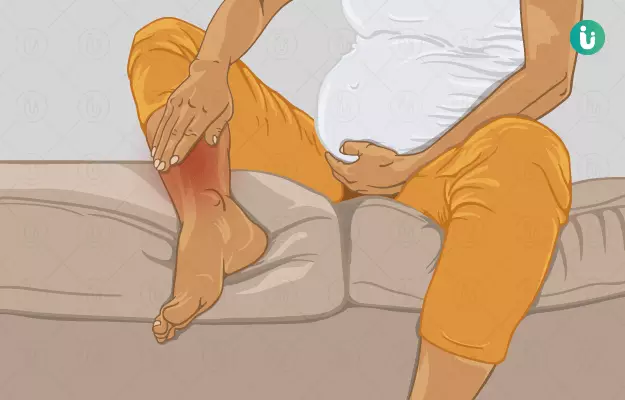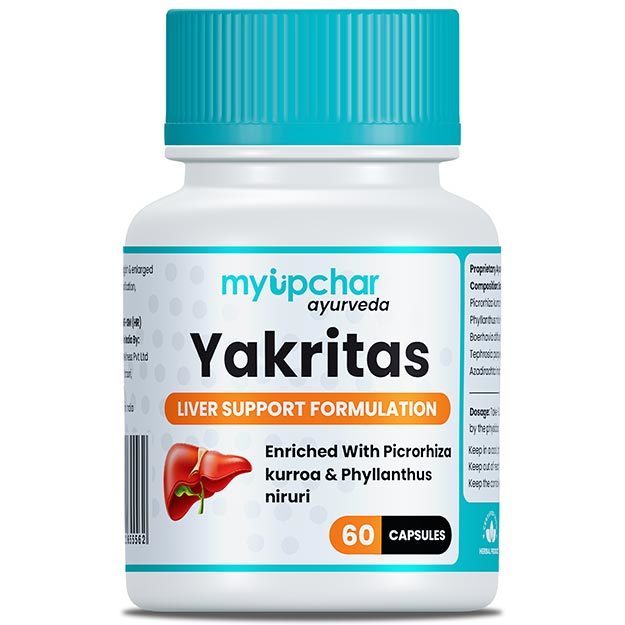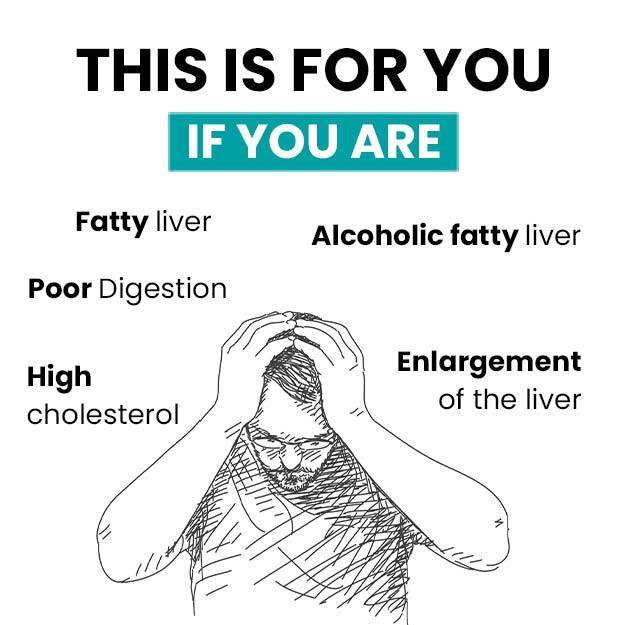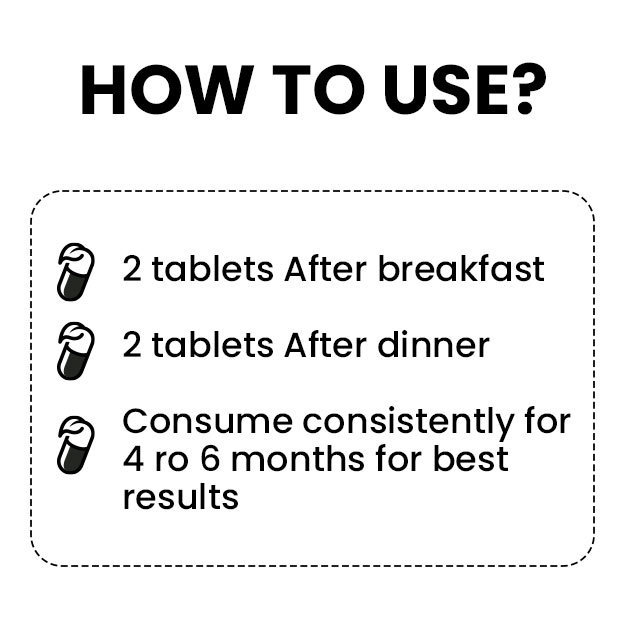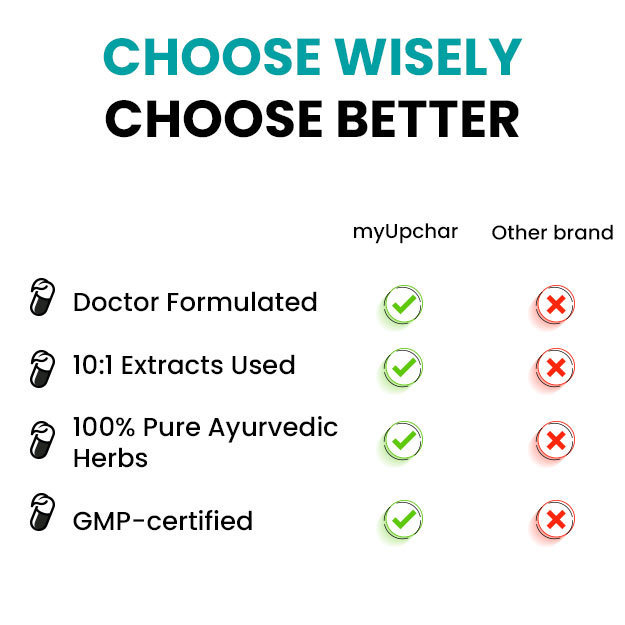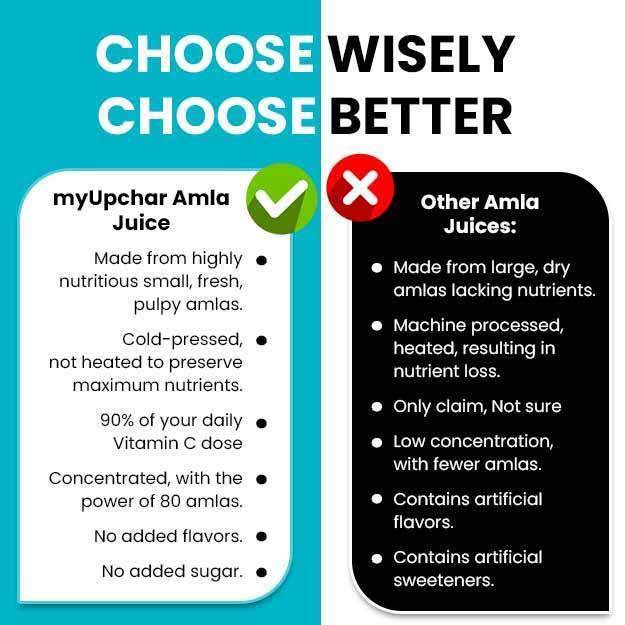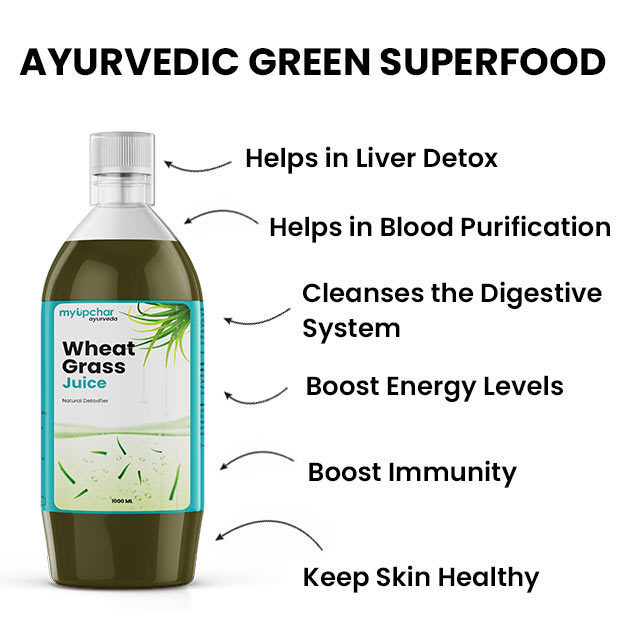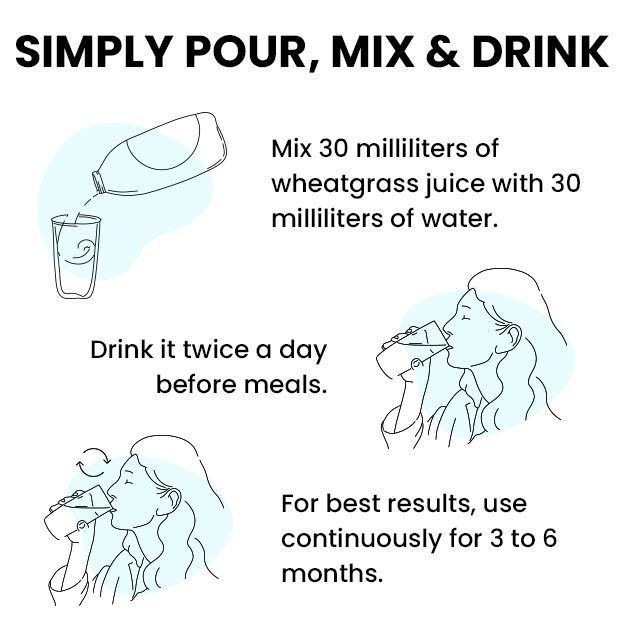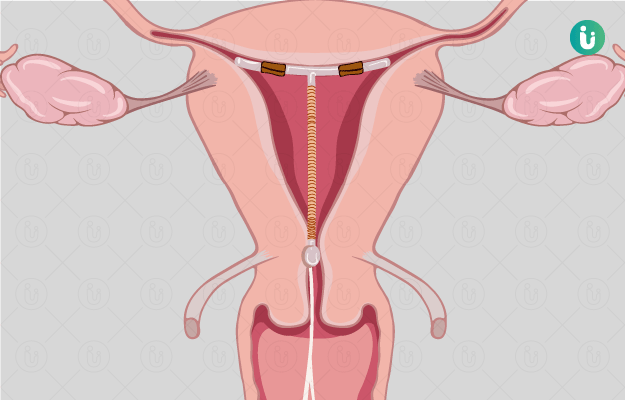Swollen legs can be indicative of an underlying pathology, particularly when accompanied by other conditions like hypertension. Gestational hypertension, if left untreated, can pose a serious threat to both the mother and the child. It is a major cause of hospitalisation during pregnancy and can even cause problems during the normal delivery of the baby. Elevated blood pressure and excessive swelling in legs is often a sign of preeclampsia, which must not be ignored. Other symptoms of this condition are proteinuria or the presence of protein in the urine, which can be detected with the help of a urine test. So, if your legs and feet are extremely swollen, it is important to undergo these diagnostic tests.
It is important to note that the risk of preeclampsia is higher during first-time mothers. This risk is the highest during the third trimester of pregnancy, but can even occur earlier as and when the swelling in feet is noted.
The severity of the condition is determined by the rise in blood pressure. A slight increase in blood pressure and the elimination of some amount of protein occurs with the urine in mild cases. Improvement in symptoms and reduction in blood pressure and swelling occurs after the birth of the baby and retrieval of the placenta in these cases.
However, if your blood pressure is too high, preeclampsia is severe and it cannot be left untreated. Severely high blood pressure can result in preterm delivery, low birth weight and can also be a cause of fatality in the mother because of the risk of stroke. It can also interfere with the functioning of the major organs of your body including the kidney, liver and the brain.
Further, it can lead to growth restriction of the foetus due to the poor blood supply and can also cause placental abruption, wherein the placenta separates itself from the uterine wall.
Following are the signs and symptoms of this condition:
In case you observe any of these symptoms, it is important that you see your doctor and get yourself tested. If untreated, it can cause the following problems in addition to the harmful effects on the foetus, which have been discussed.
How can you avoid these risks?
You can avoid complications due to swelling during pregnancy by:
- Taking proper prenatal care.
- Visiting your doctor for regular checkups.
- Indulging in regular physical activities to prevent swelling and to keep blood pressure in check.
- Monitoring blood pressure closely during the course of your pregnancy.
- Taking abnormal swellings seriously and seeking medical help.
- Taking prescribed medications on time, especially if you have high blood pressure.
- Not ignoring any symptoms.

